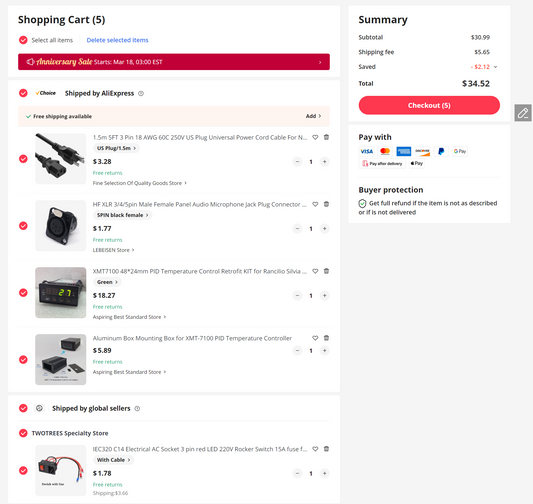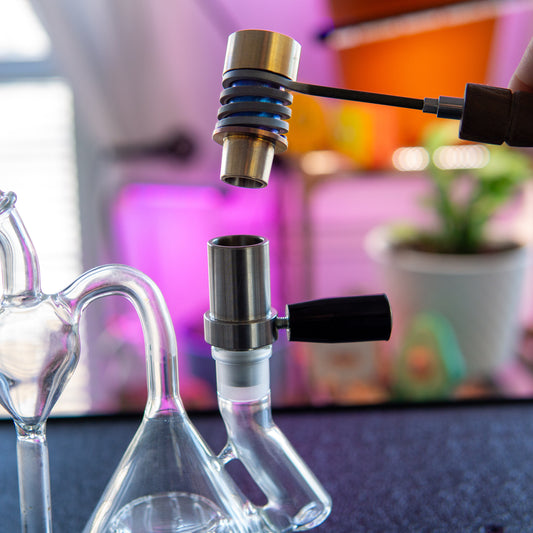Second-hand exposure to smoking substances has long been a subject of health concern, and with the legalization and medical application of cannabis in many parts of the world, new concerns have arisen. Specifically, many worry about second-hand exposure to cannabis, especially when it comes to vulnerable groups such as children and pets. A research study conducted in 2018 by Solowij et al., has now shed light on this topic, potentially assuaging some of these fears.
The study focused on the administration of D9-tetrahydrocannabinol (THC), the main psychoactive compound in cannabis, via vaporization - a method preferred in many medical settings due to its quick onset and ease of dosage control. The primary concern was whether healthcare providers administering the drug might unintentionally absorb THC through inhalation of second-hand vapors.
In the clinical setting of the study, staff administered vaporized THC to three participants over a period of 2.5 hours. Throughout this time, blood samples were taken from two staff members and analyzed for traces of THC and its metabolites. The results? No detectable levels of the drug were found in the staff's bloodstream.
These findings suggest that there is minimal risk of second-hand THC exposure in a clinical setting, even for those in close proximity to the vaporization process. But what do these results mean for non-clinical settings and for other vulnerable groups, such as children and pets?
Anecdotal evidence and a small body of research suggest that, similar to second-hand smoke, second-hand vapor could potentially affect those in close proximity. Consider a curious family dog, for example. Dogs, with their keen sense of smell and tendency to investigate, may be drawn to the unfamiliar scent of vaporized cannabis. However, it's important to note that the toxicity of THC is much higher in dogs than humans, and intoxication can lead to severe health problems. While our study suggests a low risk of second-hand exposure from vaporized THC, pet owners should still exercise caution, given the higher sensitivity of animals and the potential cumulative exposure in a confined space.
Similarly, concerns might be raised about children in the vicinity of medicinal cannabis use. Children, particularly those with developing lungs, could be more susceptible to second-hand vapors. Furthermore, the psychoactive effects of THC are more potent in children due to their developing brains. While the results from Solowij et al.'s study are promising, caution should be used when vaporizing THC in the presence of children, until further research specifically investigates this risk.
The study by Solowij et al., brings valuable insights into second-hand exposure from vaporized THC, particularly for hospital and clinical staff. These findings, however, should be the starting point for further research. As the use of medicinal cannabis continues to grow, it is crucial to thoroughly understand the risks to ensure the safety of all, especially the most vulnerable in our society. In the meantime, users of medicinal cannabis should exercise caution, ensuring that their use does not inadvertently impact the health of others around them, be it children, pets, or any other individuals sharing their environment.
Source: https://www.vapormed.com/en/amfile/file/download/file/286/











